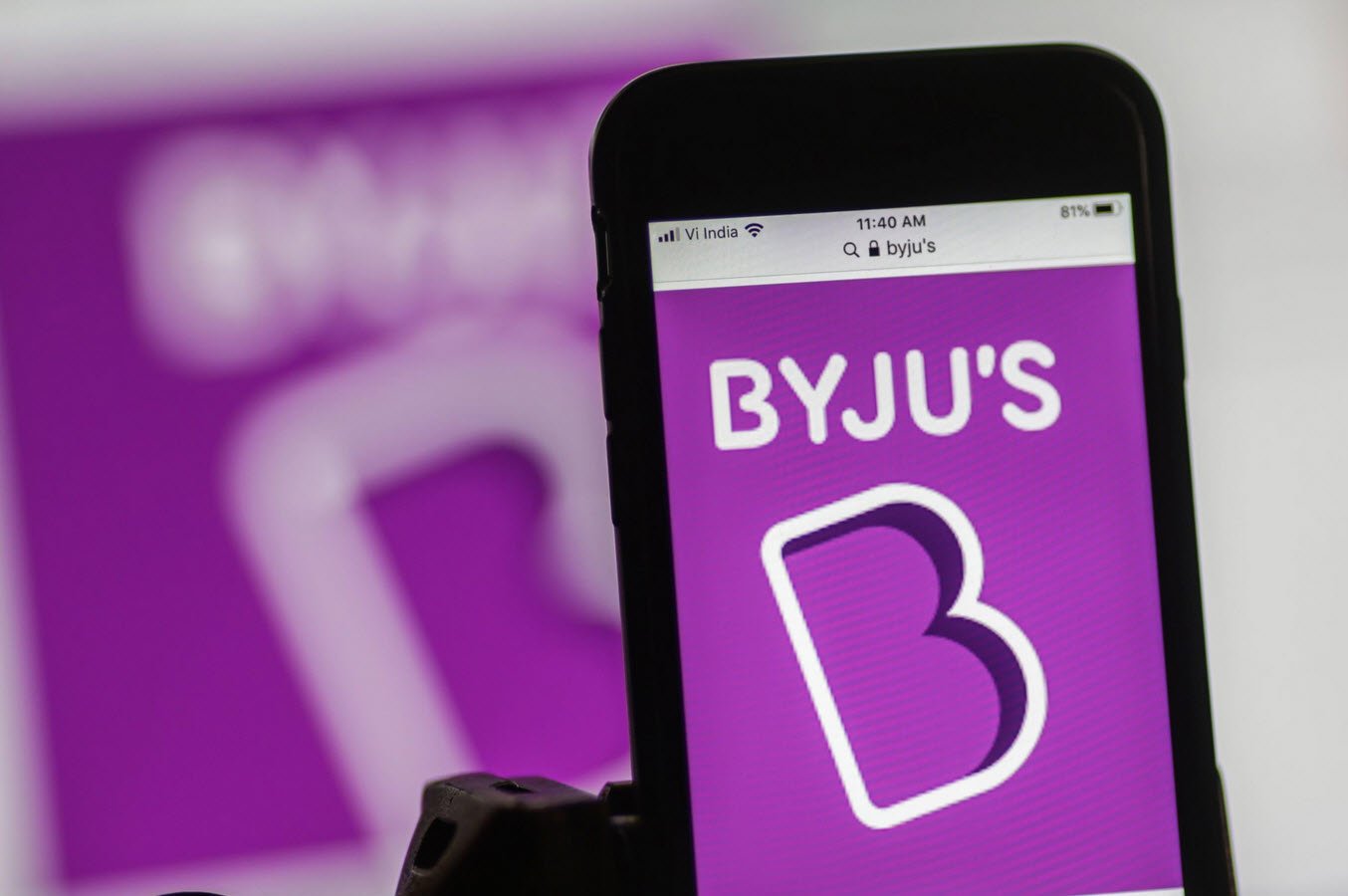
In the intricate world of digital marketing, various types of interactions shape the collaborative landscape. These interactions are categorized into four primary models, each representing unique dynamics and playing a crucial role in the digital economy.
1. B2C – Business-to-Consumer
B2C signifies transactions and interactions between a business and individual consumers.
- Characteristics: B2C e-tail, or electronic retail, is prominently discussed in digital marketing. This model involves businesses selling products or services directly to end consumers.
- Example: When an online clothing store sells apparel to individual customers, it exemplifies a B2C transaction.
2. B2B – Business-to-Business
B2B denotes interactions and transactions occurring between businesses or entities.
- Characteristics: Often less publicized than B2C, B2B interactions constitute the majority of transactions in terms of volume and financial value. This model involves businesses selling products or services to other businesses.
- Example: A software development company providing its services to a multinational corporation is an instance of B2B collaboration.
3. C2C – Customer-to-Customer
C2C involves transactions and engagements directly between individual consumers.
- Characteristics: Well-known as consumer auctions, C2C interactions can also manifest in the form of social networks or communities where consumers interact and transact with each other.
- Example: Consumer auctions platforms like eBay, where individuals sell products directly to other consumers, represent a classic C2C model.
4. C2B – Customer-to-Business
C2B signifies a novel buying model where customers approach businesses on their own terms or generate content to support the business.
- Characteristics: In this model, consumers have an active role, either by proposing specific terms for a transaction or by creating content that businesses leverage for their benefit.
- Example: A customer providing a company with valuable user-generated content, such as a positive review or testimonial, is an embodiment of the C2B model.
Understanding these digital marketing interactions is pivotal for businesses aiming to navigate the evolving landscape successfully. Whether directly engaging with consumers, facilitating transactions between businesses, fostering consumer-to-consumer interactions, or embracing innovative customer-to-business models, businesses can tailor their digital strategies to align with the specific dynamics of these models.
Each interaction type brings its own set of opportunities and challenges, contributing to the rich tapestry of the digital marketplace.
You may also like:- 14 Dirty Little Secrets That Will Boost Your Productivity
- Prove Lack of Funds or Face Audit – NCLT’s Directive to Byju
- How to Validate Your Business Idea Before Investing Time and Money
- Warren Buffett Eyes ‘Unexplored’ Opportunities in India
- Reliance Industries’ Wyzr – A New Contender in Consumer Electronics
- 5 Reasons Why Feedback is Important
- Breaking News: Republic First Bank Collapses, Seized by Regulators
- Ashneer Grover’s Another Inning in Fintech with ZeroPe App
- ITR E-Filing AY 2024-25 – Key Things to Keep in Mind
- 10 High Value Transactions That May Trigger a Notice From Income Tax Department








